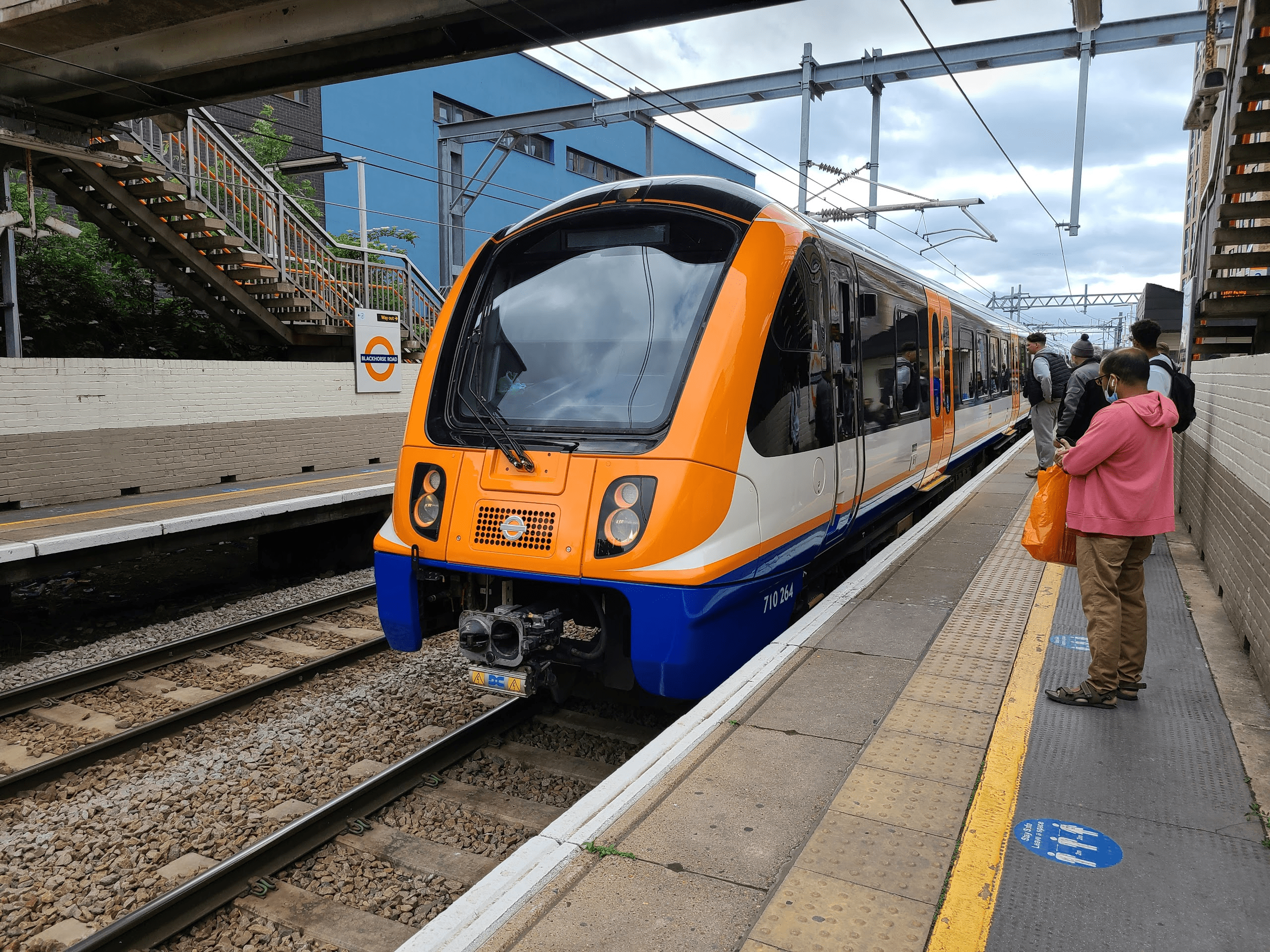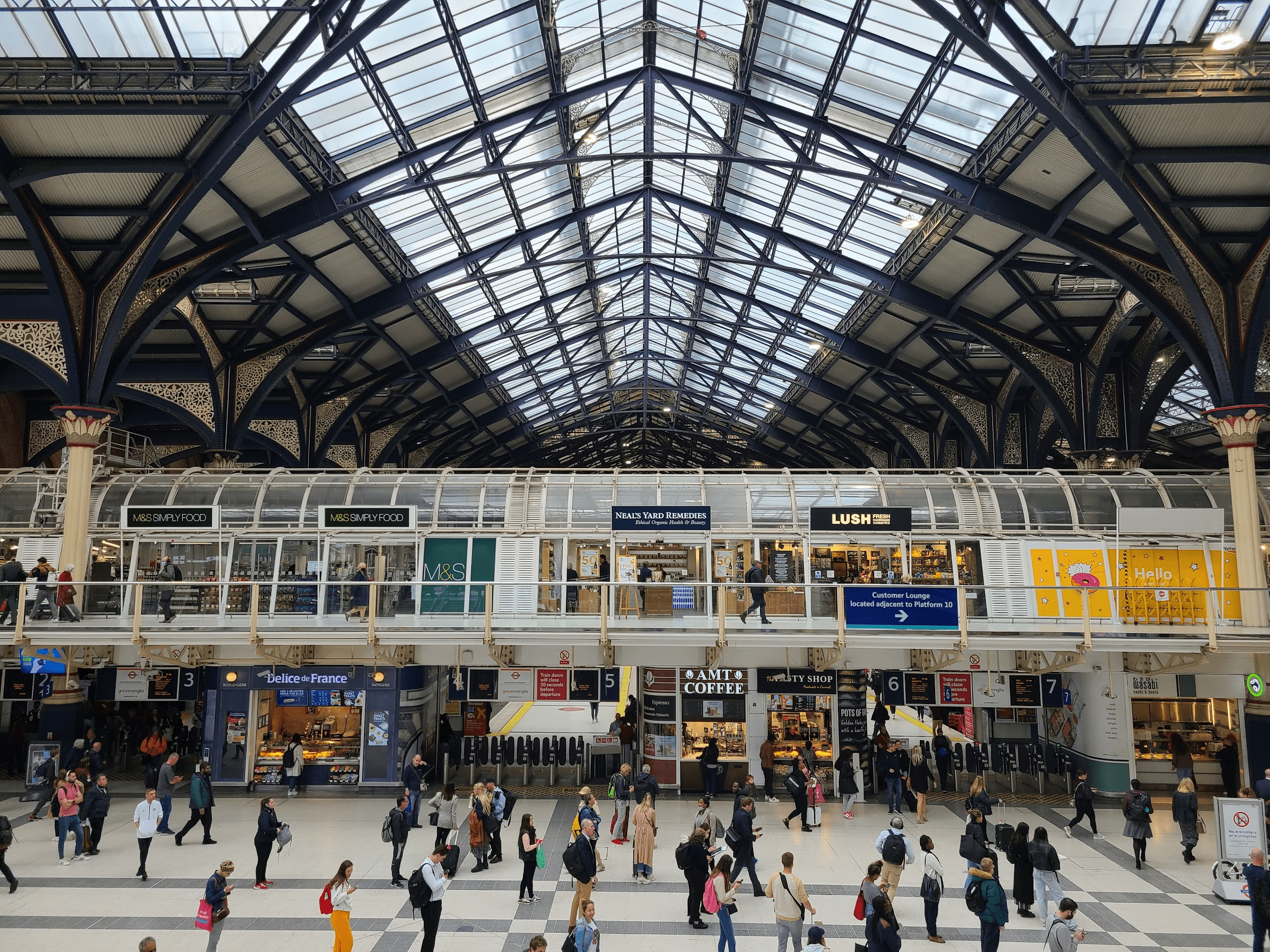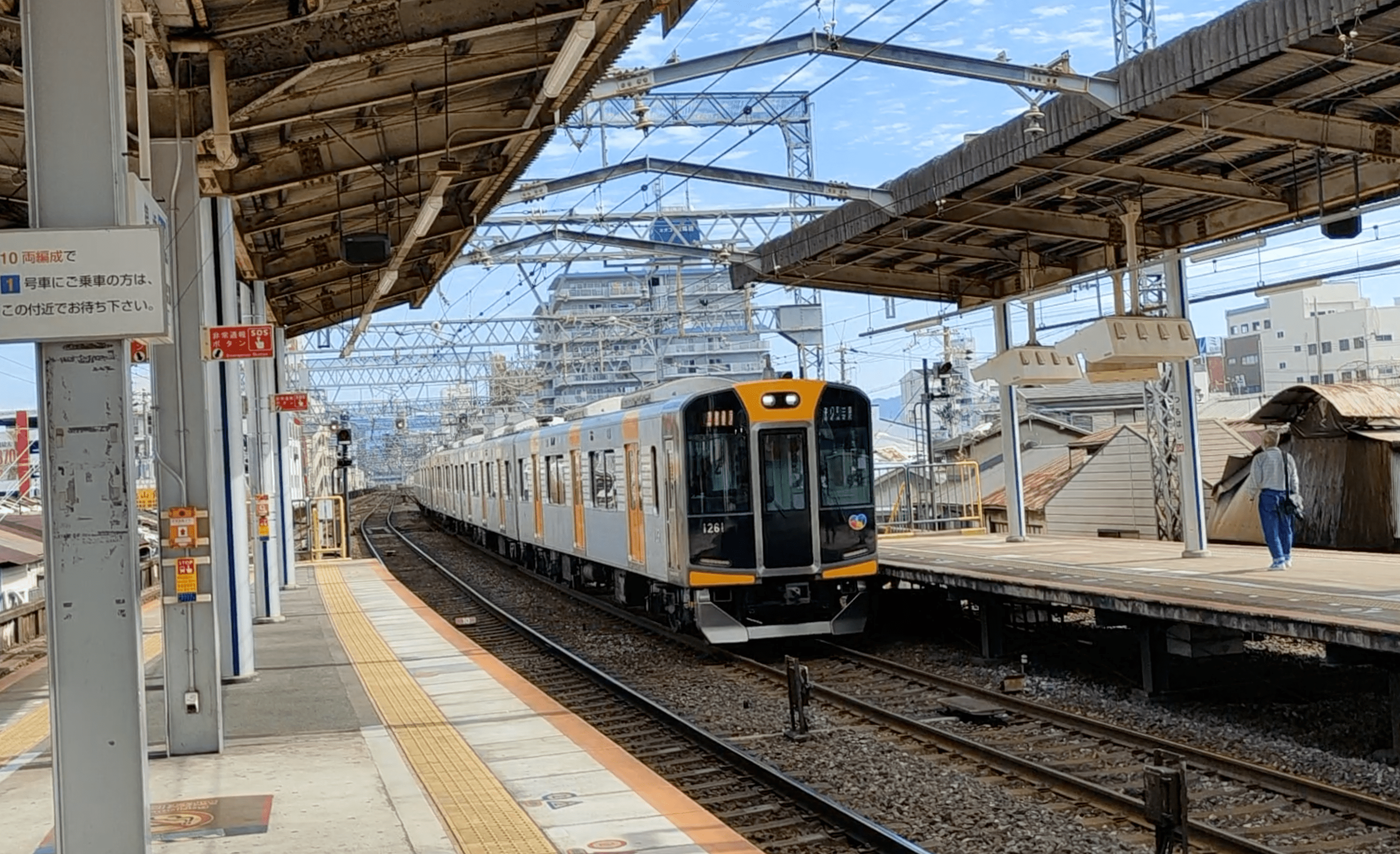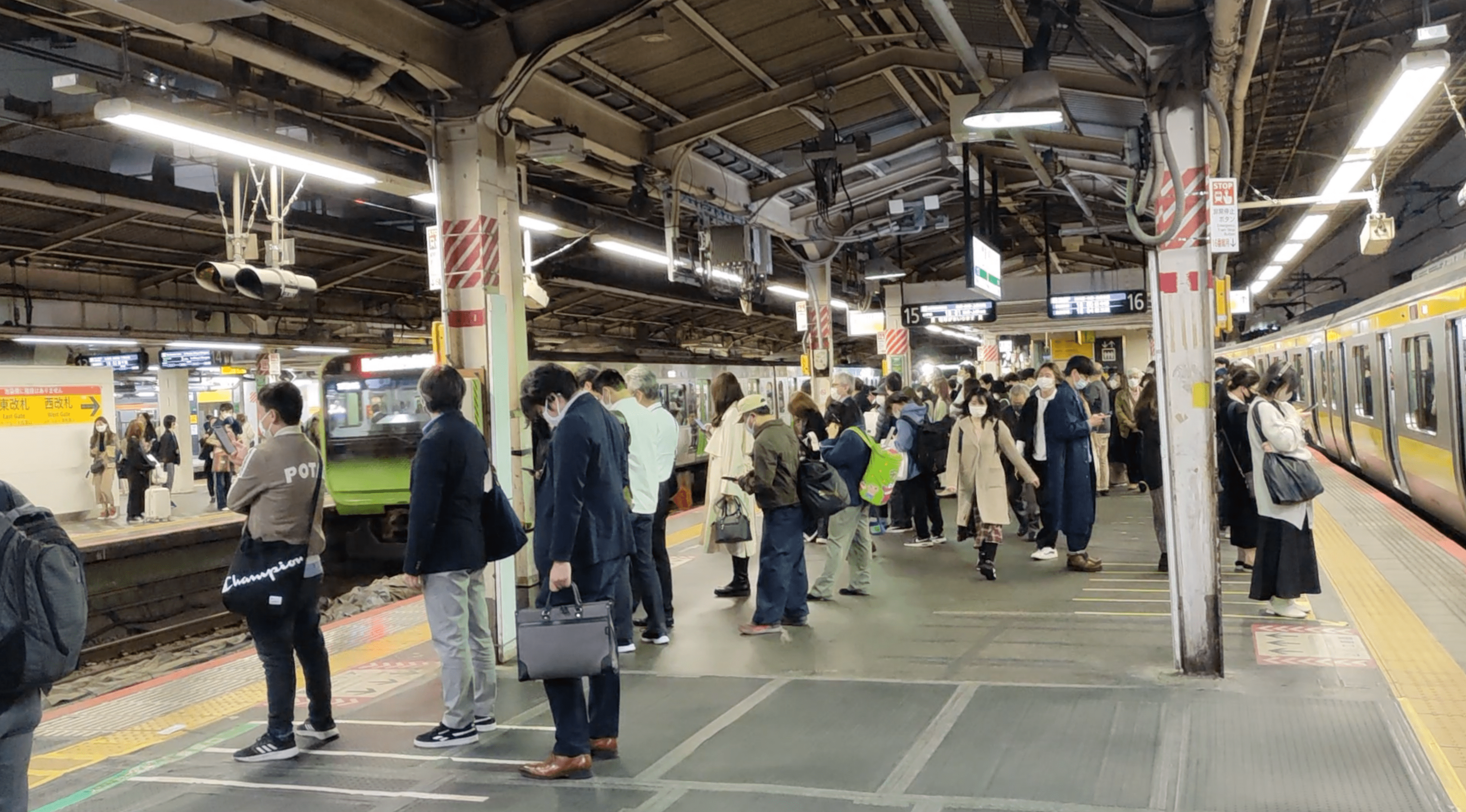I enjoy riding the subway in Toronto, or New York, but there’s something special about the London Underground or Tokyo Metro (or Japan’s railways at large) that sets them apart from systems in many other cities. And to be fair, I don’t just think this applies to just Toronto and New York — I get a similar vibe from Mexico City or even Berlin.
If you enjoy my content, consider subscribing to my blog:
or supporting me on Patreon:
Your support will help me bring you more content faster!
I think what differentiates the London transportation system from so many others around the world is that’s it’s quite… friendly.
While many cities have trains in their raw metallic finish or with only a single colour, London’s trains have almost all of the colours of the rainbow. The announcements also have a charm and happiness to them that I certainly don’t hear in Toronto’s robotic or human announcements. Odd as it might sound to a local, I’m also quite fond of the seats on London’s transit system: while much of the world has embraced hard plastic or even metal, London’s trains and buses get you around in surprising comfort.

The wayfinding system also has a friendliness to it: Navigation is simple and human — and unlike in Asia where numbers are often used to describe stations, or the US and Canada that usually use streets to name things, in London places rule the day. You aren’t a cog in the machine; the transportation system is there to whisk you away.
The stations also are rarely dingy, dark, or utilitarian. While it’s certainly a challenge to make “tube”-style stations feel like anything but dark and cramped, bright lighting, huge ad boards, and colourful tile work go a long way. And with so much of the tube either on the surface or skipping in-and-out of tunnel, you get a lot of natural light. The subsurface lines in particular benefit from this a lot, and many of the stations feel palatial, but not in a “I’m very deep under Pyongyang” sort of way, and more of a “ah, Kensington Palace in the sun, very nice.”

And Japan turns the friendliness up to 11. Like in London, few trains in Japan don’t have bright colours painted across them, and even the more utilitarian rolling stock is rarely fully monochrome. While there are practical reasons for the out-there design of the Shinkansen rolling stock, it’s also clear that the bullet trains looking like something out of the future — a nice future — is no accident.

Much like in London the announcements on trains in Japan are pleasant and sound happy, but even better – transit systems are often filled with musical tunes, announcing arriving trains, or the current station. Instead of just the sound of waiting passengers and wheels sliding across ribbons of steel you actually have gentle tunes.
Stations in Japan are rarely very fancy, but they feel chaotic in a good way. In New York City, the chaos of the subway is downstream of the rats, litter, mysterious liquids dripping onto the platforms, and worn concrete and steel. Japanese train and subway stations, while they often feel very old, are almost all well-lit, and filled with clearly modern touches, from bright tactile wayfinding, to the glossy plastic of newly-installed platform gates that let you get close, but not too close to the trains. On the surface, my recollection of most Yamanote line stations is that while they never really feel run down, they also don’t feel opulent. It’s transit for everyday comfort.
The staff make a world of difference too, when I get fare checked in Toronto it’s often by a group of large men in almost paramilitary-style all-black vests and slacks, while in London it was by TFL employees dressed in colourful suits. In many cities, when you ask a transit employee for help, you might get yelled at or only get a finger gesturing in a general direction, while in Japan it’s not uncommon to be walked across a giant station complex.

If you’re wondering what the broad technocratic takeaway from all of this is, I’m not sure there is one. In many places, the experience of taking transit is one of being “processed” or fed through a giant industrial machine. For those cities that manage to make travelling through them joyful and exciting, there’s something special that goes beyond transportation — a sense of care and functioning that even the fastest, most frequent train can’t replace.





Leave a Reply